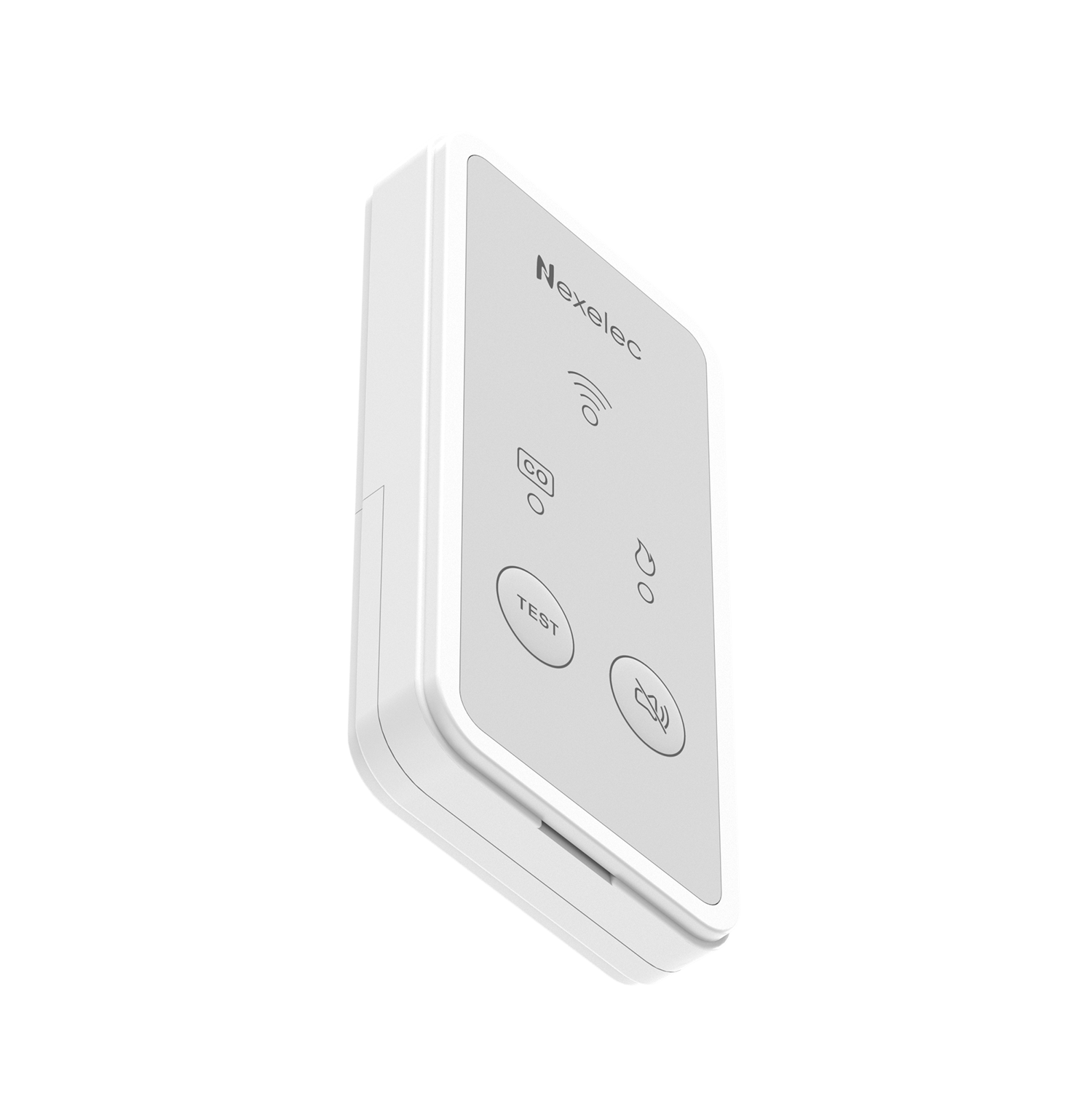Remote IoT Batch Job Example: Your Gateway To Tomorrow's Technology
Hey there, tech enthusiasts! If you’ve been diving into the world of remote IoT batch jobs, then you’re in for a wild ride. Imagine controlling devices, analyzing data, and managing tasks from anywhere in the world—all with just a few clicks. That’s the power of remote IoT batch jobs, and it’s been a game-changer since yesterday, and I mean it, since yesterday!
In today's fast-paced world, where technology evolves faster than we can blink, understanding remote IoT batch jobs is not just an option—it's a necessity. Whether you're a developer, an entrepreneur, or simply someone curious about how the Internet of Things (IoT) works, this article has got you covered. We’ll break it down step by step, so buckle up!
Before we dive deep into the nitty-gritty, let’s set the stage. Remote IoT batch jobs are like the secret sauce that makes smart devices smarter and more efficient. Think about it: your smart thermostat adjusting itself based on weather data or your smart fridge ordering groceries when you're running low. All these processes rely on batch jobs running in the background, and the fact that they can be managed remotely is nothing short of revolutionary.
- Unleash Your Movie Streaming Game The Ultimate Guide To Movies Da Download
- Tamilblasters Movies Your Ultimate Guide To Streaming And Downloading Tamil Cinema
Understanding Remote IoT Batch Jobs
So, what exactly are remote IoT batch jobs? Simply put, they are automated processes that handle large amounts of data in batches, all while being controlled from afar. These jobs can range from data collection and analysis to device configuration and updates. The "remote" aspect means you don’t need to be physically present to execute or monitor these tasks. Cool, right?
Here’s why remote IoT batch jobs matter:
- They enhance efficiency by automating repetitive tasks.
- They reduce costs by minimizing manual intervention.
- They improve scalability, allowing businesses to grow without increasing operational complexity.
Since yesterday, the adoption of remote IoT batch jobs has skyrocketed, driven by advancements in cloud computing, edge computing, and AI technologies. It's no longer a futuristic concept—it's a reality that’s shaping industries worldwide.
- Four Movierulz Your Ultimate Guide To Streaming Movies
- 2025 Movies Download Moviesda Your Ultimate Guide To Movie Streaming
Why Remote IoT Matters Since Yesterday
Let’s rewind to "since yesterday" for a moment. The phrase might sound casual, but it carries significant weight in the tech world. Think about how quickly trends emerge and evolve. Remote IoT batch jobs have become essential because:
- More businesses are adopting IoT solutions to stay competitive.
- Consumers demand smarter, more connected products.
- Remote work has normalized remote management of systems and devices.
Since yesterday, remote IoT batch jobs have enabled companies to adapt to changing market demands without missing a beat. Whether it’s monitoring industrial equipment in real-time or managing smart home devices, the possibilities are endless.
Key Components of Remote IoT Batch Jobs
Now that we’ve established what remote IoT batch jobs are, let’s explore their key components. Understanding these elements will give you a solid foundation for implementing your own solutions:
Data Collection
Data is the lifeblood of IoT. Remote batch jobs start by collecting data from various sensors and devices. This data can include temperature readings, motion detection, energy consumption, and more.
Data Processing
Once collected, the data needs to be processed. This involves filtering, cleaning, and transforming raw data into actionable insights. Batch processing ensures that large datasets are handled efficiently without overwhelming system resources.
Automation
Automation is where the magic happens. By automating repetitive tasks, remote IoT batch jobs free up human resources for more critical activities. This leads to increased productivity and reduced error rates.
Security
Security is non-negotiable in the world of IoT. Remote batch jobs must incorporate robust security measures to protect sensitive data and prevent unauthorized access. Encryption, authentication, and regular updates are just a few strategies to consider.
Benefits of Remote IoT Batch Jobs
Now that we’ve covered the basics, let’s talk about the benefits. Why should you care about remote IoT batch jobs? Here are a few compelling reasons:
- Scalability: Easily manage thousands of devices without increasing infrastructure costs.
- Flexibility: Access and control systems from anywhere, at any time.
- Cost Savings: Automate tasks to reduce labor costs and improve efficiency.
- Real-Time Insights: Gain valuable insights into device performance and user behavior.
These benefits make remote IoT batch jobs a no-brainer for businesses looking to stay ahead of the curve.
Challenges and Solutions
Of course, no technology is without its challenges. Here are some common hurdles you might face when implementing remote IoT batch jobs and how to overcome them:
Connectivity Issues
Remote IoT relies heavily on stable internet connections. To mitigate this, consider implementing edge computing solutions that allow data processing to occur locally when connectivity is interrupted.
Data Overload
With so much data being generated, it’s easy to get overwhelmed. Use analytics tools to filter out irrelevant data and focus on what truly matters.
Security Threats
Cybersecurity threats are a growing concern. Stay ahead by regularly updating software, using strong encryption protocols, and conducting routine security audits.
Real-World Examples of Remote IoT Batch Jobs
Enough theory—let’s look at some real-world examples of remote IoT batch jobs in action:
Smart Agriculture
Farmers use remote IoT batch jobs to monitor soil moisture levels, weather conditions, and crop health. This data helps them optimize irrigation schedules and improve yields.
Smart Cities
Cities around the world are implementing remote IoT batch jobs to manage traffic lights, streetlights, and waste management systems. These solutions enhance urban living and reduce environmental impact.
Healthcare
In healthcare, remote IoT batch jobs enable doctors to monitor patients' vital signs in real-time. This leads to faster diagnosis and treatment, ultimately saving lives.
Tools and Technologies for Remote IoT Batch Jobs
Implementing remote IoT batch jobs requires the right tools and technologies. Here are a few worth considering:
- Cloud Platforms: Amazon Web Services (AWS), Microsoft Azure, and Google Cloud Platform offer robust solutions for managing IoT data.
- Edge Computing: Tools like Raspberry Pi and NVIDIA Jetson allow for local data processing, reducing latency and improving reliability.
- Programming Languages: Python, Java, and C++ are popular choices for developing IoT applications.
Choosing the right tools depends on your specific needs and budget. Do your research and select solutions that align with your goals.
Future Trends in Remote IoT Batch Jobs
Looking ahead, the future of remote IoT batch jobs is bright. Here are a few trends to watch:
- AI Integration: Artificial intelligence will play an increasingly important role in automating and optimizing IoT processes.
- 5G Networks: The rollout of 5G will enable faster, more reliable connectivity for IoT devices.
- Sustainability: As environmental concerns grow, IoT solutions will focus on reducing energy consumption and carbon footprints.
Stay informed about these trends to ensure your remote IoT batch jobs remain cutting-edge.
Expert Insights and Best Practices
As with any technology, following best practices is crucial for success. Here are a few tips from industry experts:
- Start small and scale gradually to avoid overwhelming your system.
- Regularly update firmware and software to patch vulnerabilities.
- Document your processes to ensure consistency and ease of troubleshooting.
By adhering to these best practices, you’ll set yourself up for long-term success in the world of remote IoT batch jobs.
Conclusion: Your Journey Starts Here
Remote IoT batch jobs are transforming industries and empowering individuals to achieve more than ever before. From smart homes to smart cities, the applications are endless. Since yesterday, the demand for these solutions has only grown, and it’s clear that they’re here to stay.
So, what’s next for you? Take the first step by exploring the tools and technologies mentioned in this article. Experiment with small projects and gradually expand your knowledge. And don’t forget to share your experiences with others—collaboration is key in the tech world.
Before you go, leave a comment below sharing your thoughts on remote IoT batch jobs. What excites you the most about this technology? How do you plan to incorporate it into your life or business? Let’s keep the conversation going!
Table of Contents
- Remote IoT Batch Job Example: Your Gateway to Tomorrow's Technology
- Understanding Remote IoT Batch Jobs
- Why Remote IoT Matters Since Yesterday
- Key Components of Remote IoT Batch Jobs
- Benefits of Remote IoT Batch Jobs
- Challenges and Solutions
- Real-World Examples of Remote IoT Batch Jobs
- Tools and Technologies for Remote IoT Batch Jobs
- Future Trends in Remote IoT Batch Jobs
- Expert Insights and Best Practices
- Conclusion: Your Journey Starts Here
- Hollywood Dual Audio Movies Your Ultimate Guide To Bingewatching Bliss
- Remote Iot Batch Job Example Your Gateway To Tomorrows Technology

RemoteIoT Batch Job Example Revolutionizing Remote Work Since Yesterday

RemoteIoT Batch Job Example Your Ultimate Guide To Mastering Remote

What Is RemoteIoT Batch Job Example Remote Remote And Why Should You Care?